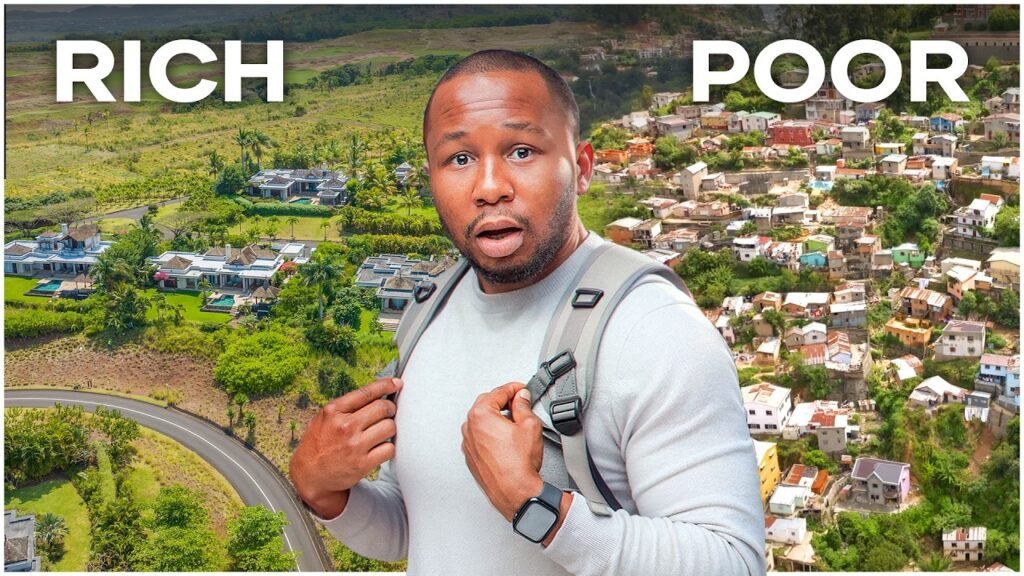
When I booked my flight to Madagascar, I imagined pristine beaches, the world-famous baobab trees, and lemurs leaping from tree to tree like in the Madagascar movies.
But what I saw instead was poverty so deep, it left a lump in my throat, and a travel experience that unexpectedly turned into one of the most important stories I’ve ever told.
This is the side of Madagascar that tourism doesn’t advertise, but one I believe the world needs to see.
Touchdown in Antananarivo: A Rough Start
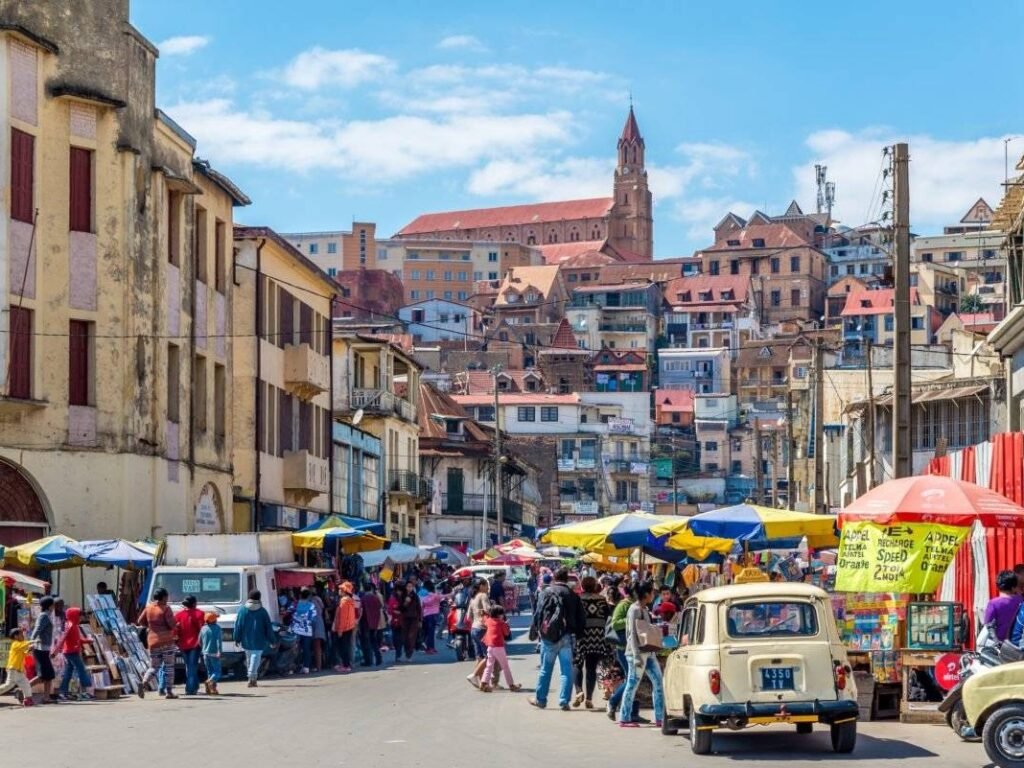
I landed in Antananarivo (Tana), the capital city of Madagascar, and was immediately struck by contrast. A private jet sat on the tarmac (reportedly owned by the island’s richest man, worth over $700 million). while dozens of locals waited outside the airport, trying to make a few cents selling snacks.
I had barely stepped out when children began chasing my car, tapping on windows, begging for money or food. The city’s poverty wasn’t hidden, it was everywhere. I’ve seen poverty before. But something about Tana felt heavier, more desperate.
A Luxury Meal, A Harsh Reality
My first meal was at KFC, not by design, but because it was the only recognizable place nearby. Turns out, there are only two KFCs in the entire country, and it’s considered a luxury meal. Locals go there to take pictures, not just eat. It’s an event. The place was nearly empty. Most people simply can’t afford it.
$7 for a combo meal? That’s nearly a week’s wages for many.
A Penthouse with a View of Inequality
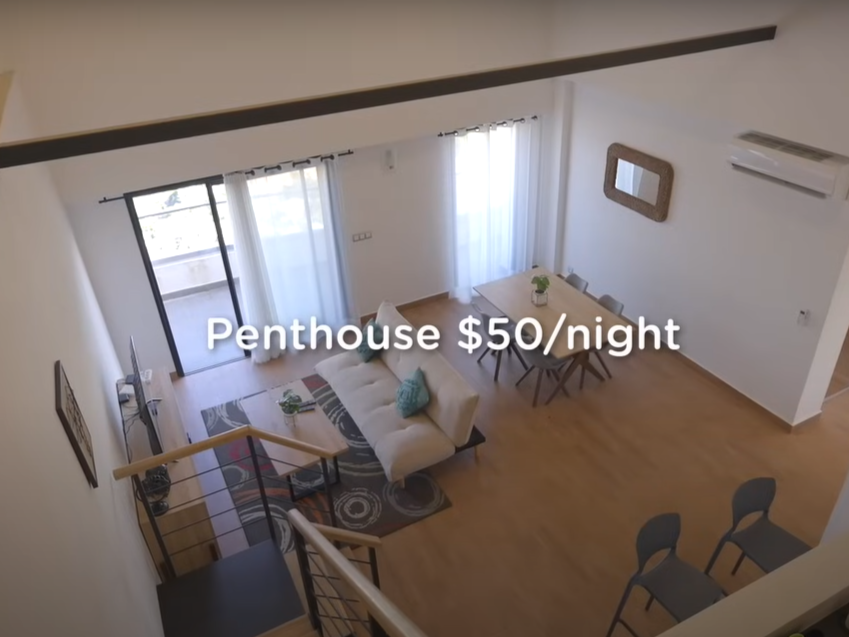
I booked a $50/night penthouse apartment thinking it’d be an average stay but later learned it’s one of the most expensive rentals in the country. It had a beautiful view, not of the ocean, but of the sharp line dividing the rich homes on the hills from the crowded slums in the valleys below.
This drone shot says it all: One fence separates red rooftops and paved driveways from tin shacks and open sewers.
Meeting the Locals
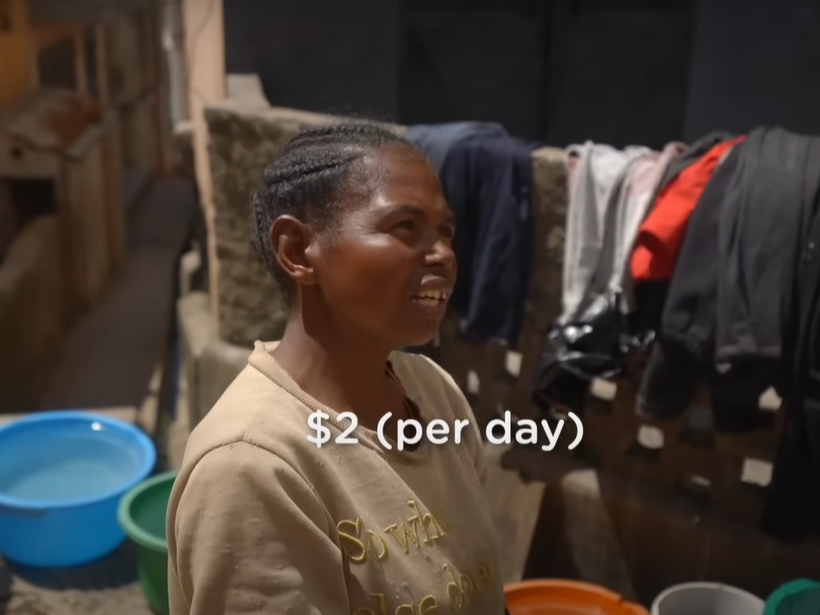
Just outside my apartment, I met a woman washing clothes in buckets near a public water pipe. For each item she washed, she earned 200 Ariary (about 4 cents). Her husband carried water for a living. Their entire home, for five people, was one room.
Further down the street, I met garbage collectors earning 50 cents per day, stone breakers crushing rocks manually for $2/day, and fishermen casting nets in muddy gutters, catching barely enough to feed their families.
And yet, they smiled. They welcomed me. One man told me:
“This interview shows our life. That’s what matters. That someone sees it.”
Where Tourism Fails the Locals
Madagascar is blessed with beauty and cursed with broken systems. I learned that tourism once flourished here, but poor infrastructure, political instability, and corruption have decimated the industry.
I wanted to visit the iconic baobab trees, but the roads were so bad, it would’ve taken 2–3 days just to drive 600km. Flights were expensive, mine was delayed by 6 hours, and my luggage didn’t even arrive. One traveler told me:
“They cancel flights here all the time — and they don’t tell you. It’s normal.”
Many resorts are foreign-owned and operate all-inclusive systems, deliberately keeping tourists inside, away from the harsh realities outside. One local told me, “They don’t want tourists to see how we really live.”
A Tale of Two Islands
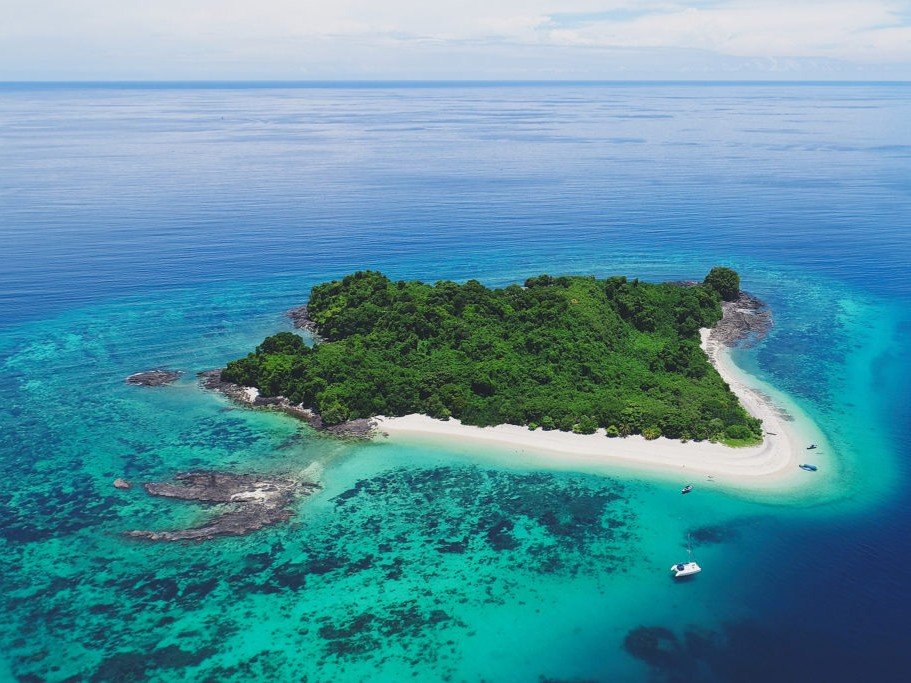
I finally made it to Nosy Be, a popular island with luxurious resorts and private villas tucked into the hills. From my hotel’s beach, I looked across at locals selling handmade crafts on the sand, uninvited, barely acknowledged.
I asked to visit a typical local home. There, I met a fisherman supporting 13 family members, living in a one-room hut, surviving off stone-breaking when fishing fails. When I asked how tourism impacts their life, the answer was:
“Sometimes they give us tips.”
Wildlife, Wonders and Wasted Potential
Madagascar is one of the most biodiverse places on Earth, home to thousands of species found nowhere else. I finally met the famous lemurs, saw colorful chameleons, and tasted Koba, a traditional street snack made with peanuts and rice flour.
But the real treasure of Madagascar? Its people. They are kind. Resilient. Proud. And deeply affected by decisions far outside their control.
This island sits on valuable trade routes. It has gold, sapphires, cobalt, vanilla, and more. But corruption means profits leave, and people remain stuck.
So, Should You Visit Madagascar?
Yes. But come prepared for reality. This isn’t a vacation; it’s a wake-up call.
- English isn’t widely spoken, so a local guide is a must.
- Infrastructure is weak so plan for delays, roadblocks, and cash-based transactions.
- Support local businesses directly whenever you can.
Final Thoughts
Madagascar is not poor because it lacks resources. It’s poor because of poor leadership, systemic neglect, and broken systems that benefit a few while keeping the majority in survival mode.
But poverty is not destiny. I saw people working with dignity, raising children, sharing what little they had. I saw resilience, and that gives me hope.
To the world: Don’t just visit Madagascar for its lemurs. Visit to understand its people. To listen. To share. And maybe, just maybe, to help tell their story better than it’s ever been told.
Until the next journey,
— Steven Ndukwu
You can watch my full experience here.
